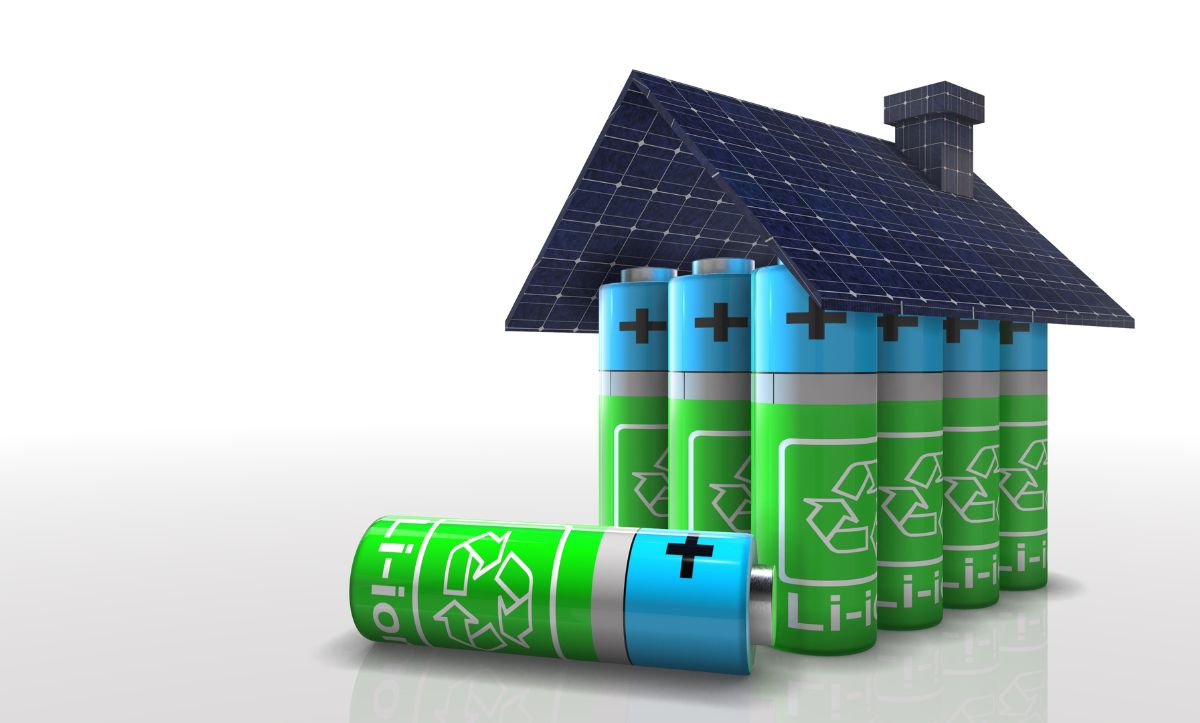
Introduction:
As India strives to achieve its ambitious renewable energy targets, energy storage has emerged as a critical component in the country’s energy landscape. With the goal of achieving 40% of its total electricity generation from non-fossil fuels by 2030, India needs robust energy storage solutions to ensure a stable and efficient grid. This blog explores the energy storage future in India, highlighting challenges, opportunities, and innovations.
Current State of Energy Storage in India
India’s energy storage market is still in its nascent stage, with a cumulative installed capacity of approximately 1.4 GW. However, the country has set ambitious targets:
1. 50 GW of energy storage capacity by 2025
2. 100 GW of energy storage capacity by 2030
Challenges
1. High upfront costs
2. Limited domestic manufacturing
3. Lack of standardization
4. Grid integration and infrastructure
5. Policy and regulatory framework
Opportunities
1. Renewable energy integration
2. Electric vehicle (EV) adoption
3. Grid stabilization
4. Peak demand management
5. Energy security and independence
Innovations and Trends
1. Lithium-ion batteries
2. Pumped hydro storage (PHS)
3. Compressed air energy storage (CAES)
4. Flywheel energy storage
5. Advanced lead-acid batteries
6. Sodium-ion batteries
7. Graphene-based energy storage
Government Initiatives and Policies
1. National Energy Storage Mission (NESM)
2. Energy Storage Technology Development Initiative
3. Renewable Energy Certificate (REC) mechanism
4. Goods and Services Tax (GST) incentives
5. State-level policies and incentives
Case Studies
1. Tata Power’s energy storage project in Delhi
2. Exide Industries’ lithium-ion battery manufacturing facility
3. Suzuki’s EV battery manufacturing plant in Gujarat
Future Outlook
India’s energy storage market is poised for growth, driven by:
1. Increasing renewable energy adoption
2. EV penetration
3. Government support and policies
4. Advancements in technology
5. Decreasing costs
Statistics:
– India’s energy storage market size: ₹1,500 crores (2022)
– Projected growth rate: 30% CAGR (2022-2027)
– Energy storage capacity addition: 10 GW (2022-2025)
Sources:
– Ministry of New and Renewable Energy (MNRE)
– Indian Energy Storage Alliance (IESA)
– International Energy Agency (IEA)
– Indian Renewable Energy Development Agency (IREDA)
